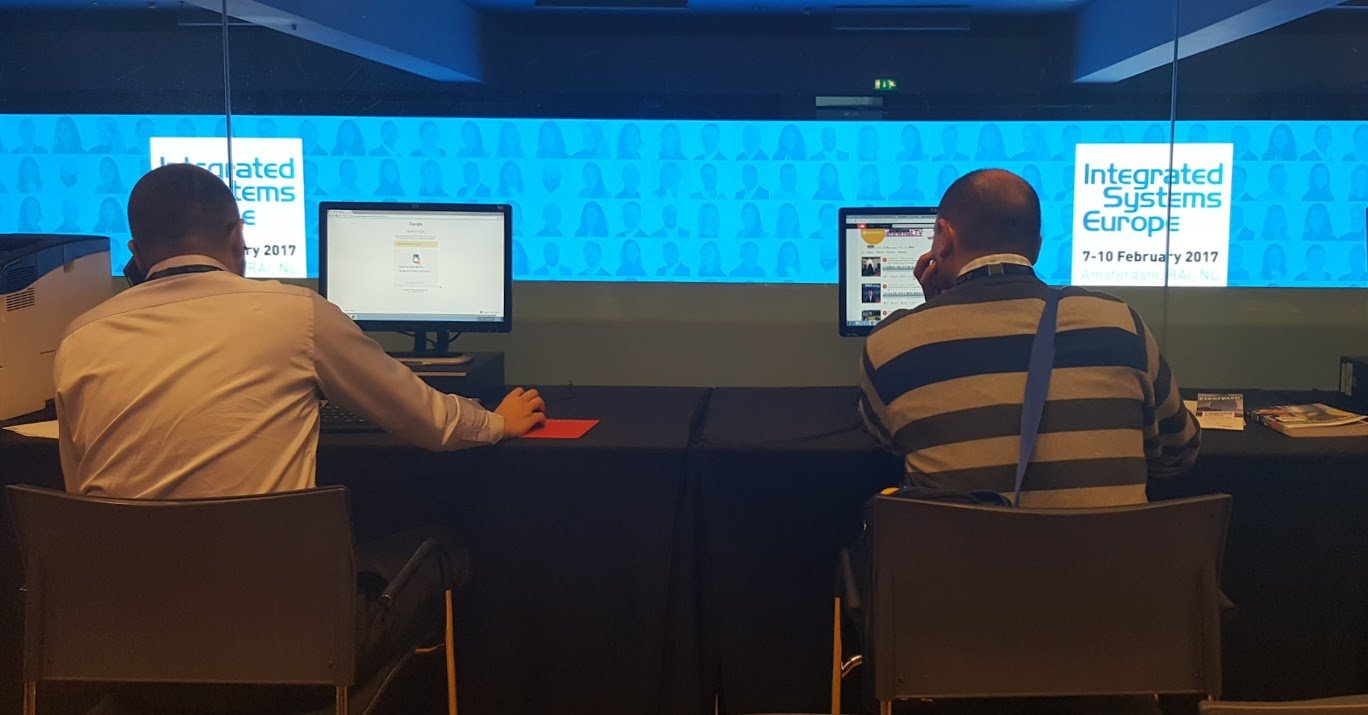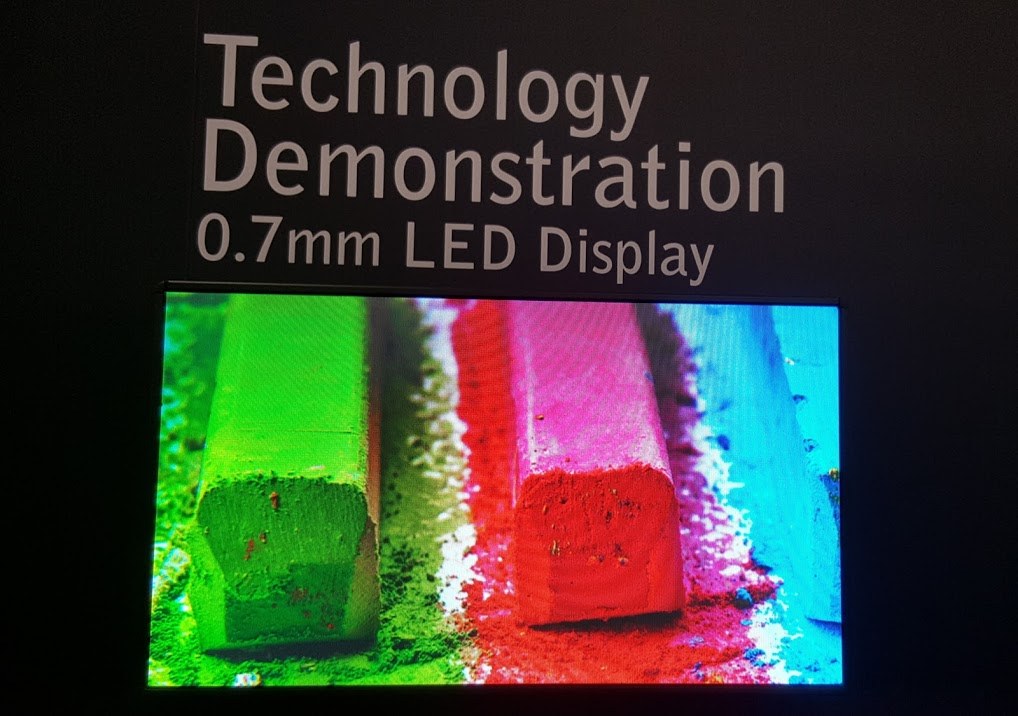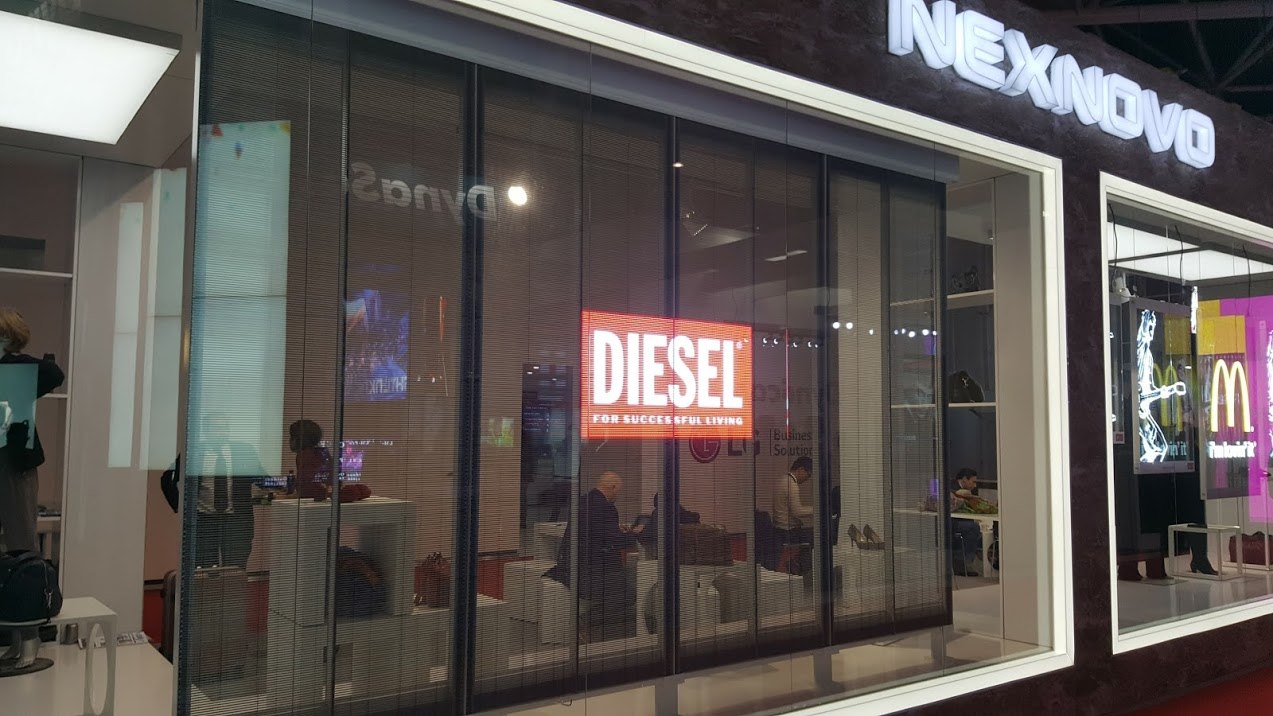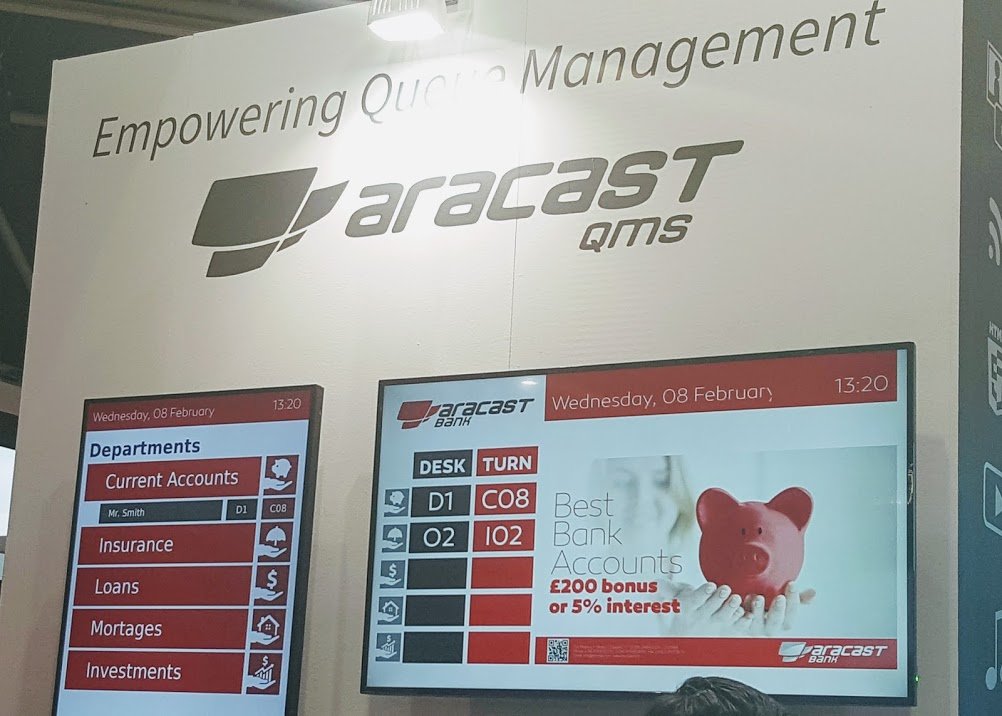
ISE 2017: Final Thoughts And Observations On The Biggest Pro AV Show Going
February 13, 2017 by Dave Haynes
The final numbers suggest the 2017 edition of Integrated Systems Europe was a big success, with record crowds and exhibitors.
Now back at World HQ (aka spare bedroom), and mostly sorted on my sleep cycles, here are some final thoughts about the biggest pro AV show on the planet.
First, I love, love, love Amsterdam, but if it has to be in February, I am OK if it moves to Barcelona or somewhere well south of the Zuiderzee. It was cold, and all those beautiful canals just made it feel colder. And this is from a Canadian who knows cold.
The show has to do something about wayfinding in the Amsterdam RAI, which has 14 or so exhibit halls all joined by a weird, thatched tangle of walkways and escalators, enclosed bridges and tunnels. There IS lots of signage for wayfinding, but I spent way too much time waiting for people to find their way to me, or giving up and telling them to find some sort of a landmark so I could try to come to them. Hours in total wasted, and a couple of meetings never happened.
Next year I hire a guy to guide me around the insane maze of the Amsterdam RAI. I'm good with directions, but this place … #ISE2017 pic.twitter.com/IrosQIEni5
— 16:9 – All Digital Signage, Some Snark (@sixteennine) February 8, 2017
I don’t think ISE has an app, but an indoor navigation app linked to beacons – to give people turn by turn directions – would be a great start (though free WiFi is only available in one long hallway).
UPDATE: Reader said there is one. Many clicks later, found it: https://www.iseurope.org/ise-mobile-app/ It’s not what you’d call prominently featured.
In the broad context of the digital signage industry, this is pretty much a must-do show if your company operates in Europe and/or the Middle East. Whether a company shows or just sends people to connect with clients and network, it’s a target-rich, efficient environment.
I didn’t talk to that many vendors about the show’s ROI, but my small sample was all very positive about the leads they generated or connections made from walking and talking.
The show is primarily hived in Hall 8, towards a back corner of the RAI complex. But the major display companies were sprinkled around numerous halls, usually at the front so they could dominate the setting and carve out the floor space they needed. Of those companies, I’d say LG again had the most impressive booth – not only because of the OLEDs and huge video walls, but also because a lot of the content was purpose-designed and very good.
.@LGCommDisplays used great creative and motorized pivot mounts to change up product announced and shown last year. Is well done. #ISE2017 pic.twitter.com/JRjny5Ih2s
— 16:9 – All Digital Signage, Some Snark (@sixteennine) February 8, 2017
I also thought NEC did a nice job, though it was somewhat smaller. Samsung has its own small building at one corner of the complex – and it would be possible to miss them – except it’s Samsung, so people would look. They were minimalist, like last year, but they do a good job (more so than others, arguably) of putting different technologies in context.
Samsung has an interesting wrinkle on using gesture for interactive windows. Sensor focuses on specific "touch" labels on window #ISE2017 pic.twitter.com/50qYSp8pIk
— 16:9 – All Digital Signage, Some Snark (@sixteennine) February 7, 2017
Philips is a much bigger player in Europe than in North America, and I was impressed by what the company is up to with its pro displays and partnerships, and the people I spoke with knew their stuff. In short, they seem to really have their act together.
In one of the halls – 10, maybe – there was a MASSIVE booth for Finlux, a brand completely foreign to me. It’s the display brand of a huge Turkish electronics company called Vestel, which is very active in Europe with both TVs and commercial displays. They make 1 in 5 of the TVs sold in Europe, including ones that have Japanese brand names on them. The company sees signage as a growth market, and had a full range of indoor displays (plus an outdoor unit).
Never heard of @FinluxDirect but they one big -assed, display-filled booth at #ISE2017 pic.twitter.com/r247J3D3j2
— 16:9 – All Digital Signage, Some Snark (@sixteennine) February 7, 2017
Finlux also has System on Chip displays in multiple sizes, adding to the lengthening list of display manufacturers who have introduced smarts inside their screens. I discovered in walking through Toshiba’s booth that it also now has SoC displays, and CMS partners like RED-V.
Have discovered Toshiba also has an embedded SoC smart display and CMS vendor/partners. Runs Linux. #ISE2017 pic.twitter.com/EbCnEaRra8
— 16:9 – All Digital Signage, Some Snark (@sixteennine) February 9, 2017
LG went very big on OLEDs in its booth, but was notably absent there and pretty much anywhere else was transparent OLED. Samsung didn’t have them (like they did last year). Nor did Planar (or I just flat missed them). The only transparent OLEDs I saw were in Panasonic’s booth, and I was told they were Samsung product.
Did you know @panasonic was doing commercial OLEDs? Me neither. Skinny 2 siders & transparent ones. #ISE2017 pic.twitter.com/L5E7Vmtt1t
— 16:9 – All Digital Signage, Some Snark (@sixteennine) February 8, 2017
As expected, direct view LED was everywhere – with scores of vendors of all sizes, locales and pedigrees. I saw pixel pitch as tight as 0.7mm on R&D samples, but with a human hair’s width being about 1mm, I’m not sure what’s gained by getting the gaps microscopically tighter.
#ISE2017 was LED Land. Expect the same at #InfoComm17 pic.twitter.com/FjNkK87aKg
— 16:9 – All Digital Signage, Some Snark (@sixteennine) February 10, 2017
A lot of the big LED displays looked spectacular, but a good chunk of the vendors had stuff that would only get bought based on lower prices and long distance viewing.

One trend I saw was the numbers of Chinese manufacturers selling curtain mesh displays with fairly tight pitches. There were a few at ISE a year ago, but a bunch in2017. In the right set-up, some of them would look pretty good as window displays and room dividers.

I was amazed, again, by the numbers of CMS companies out there. I must have seen at least 40 unfamiliar companies showing in partner booths or on their own. Sweden and Norway seem to have a lopsided number given the populations of those countries, but I also met several from Spain and Italy.
I saw numerous software demos, and must say while they all look pretty and intuitive, as I have written in the past (and told numerous vendors when they asked my opinion), easy, simple and friendly are great attributes, but to stand out from the crowd a vendor needs to have more to say, or a focus. Ideally both.
Stratacache CEO Chris Riegel and I had a long chat for an upcoming podcast, and he says he has a business intelligence team that tracks the market and has a current database of 3,200 CMS companies globally.
3,200???

One positive in that is how at least some of those companies either knew they needed a focus or fell into it. I spoke with companies that were doing well because they were leading with capabilities in areas such as tourism, airport operations or retail ERP system integrations. They weren’t just saying, “We can make digital signage happen. Please use our software for whatever need you can think up.”
I also noted a LOT of companies now have meeting room sign options. My micro-site MeetingRoomSigns.biz has 55+ companies listed, but coming out of this week, that number will swell. There also, now, numerous companies like ProDVX and Philips that have purpose-designed 10-inch signs for that use-case.
Hear the latest @sixteennine #ISE2017 edition podcast about our #workspace technology https://t.co/Ala9w6ExD0 #tech pic.twitter.com/toX0GdGFQk
— Condeco UK (@CondecoUK) February 8, 2017
I stuck my head in Digital Signage Summit run by the German firm invidis. It was a full house and the range of speakers was quite good. It was only a half-day event – which means attendees could also get some quality time on the show floor. The event is done in a partnership with ISE. Florian Rotberg of invidis kindly let me use their office space inside the convention as podcast central – and I have roughly 10 interviews banked from last week, which will appear in the coming weeks.
Florian Rotberg kicking off Digital Signage Summit at #ISE2017 pic.twitter.com/S4nitXWCc8
— 16:9 – All Digital Signage, Some Snark (@sixteennine) February 8, 2017
Interviewed companies included STRATACACHE, Navori, BroadSign, ONELAN, Maler DSO, SmartSign, SpinetiX, Quividi and Intel.
I did not pick up a raging head cold like last year, at least not yet. Two long flights and being around 73,000 people makes me feel like a marked man for that, so we’ll see.
All things considered, ISE was, and is, a great investment of time and money (I go entirely on my own nickel). If you are in digital signage, even if you don’t see your company being active in Europe, it’s worth at least one visit to walk the show and get out of whatever bubble you may operate inside.
I’m already researching my AirBnB place for next year. The show is Feb. 6-9 next year – same place, same beautiful city. Hopefully a bit warmer.



Leave a comment